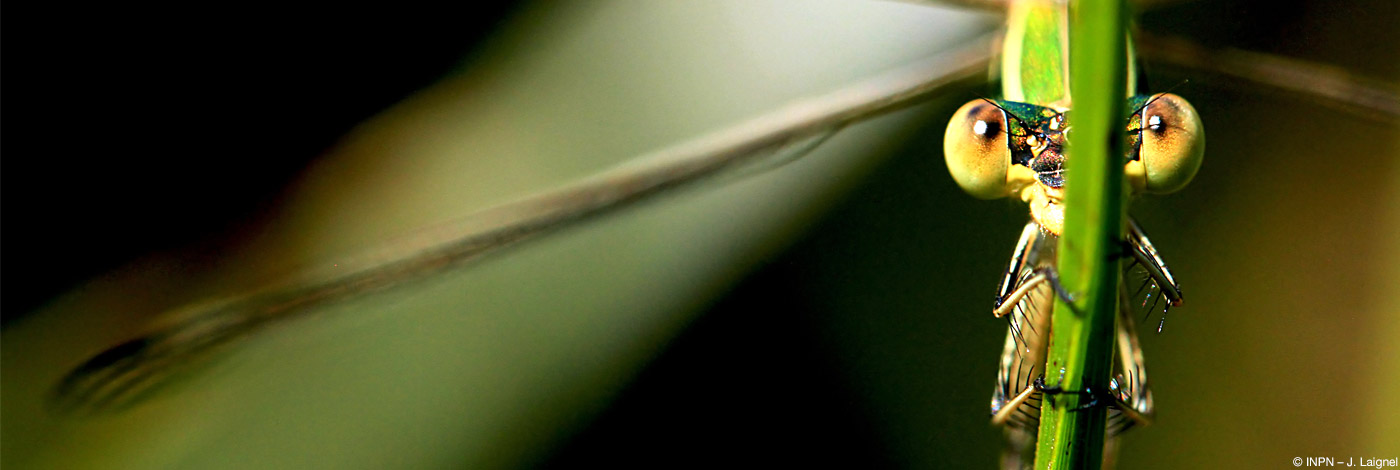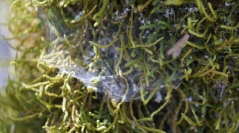

 Naturae
2023 (4) - Pages 47-63
Naturae
2023 (4) - Pages 47-63An exhaustive inventory of invertebrate fauna living in the soil and in epiphytic mosses was conducted in two forests, located in the National Nature Reserve of the Marais de Lavours and the Regional Nature Reserve of the Galerie du Pont des Pierres (Department of Ain). A total of 32 338 specimens were collected, corresponding to three phylums (Molluscs, Annelids and Arthropods) and 24 taxonomic groups. If compared to the same surface, mosses sleeves have more invertebrates than the soil. Mites are very majority and more abundant than Springtails, themselves ten times more numerous than Hymenoptera (Ants), Beetles, Spiders and Woodlouse. In winter at Lavours, the soil and moss appear to be very different from the summer and from the Pont des Pierres. There is a gradient of abundance of specimens from the soil to about one meter high above ground, which is also found in summer, but which is lacking at the Pont des Pierres. Winter flooding is likely to be responsible for the elevation distribution of invertebrates at Lavours, where moss sleeves act as refuge for Arthropods. This study shows that moss sleeves work with soil litter in a continuum of species.